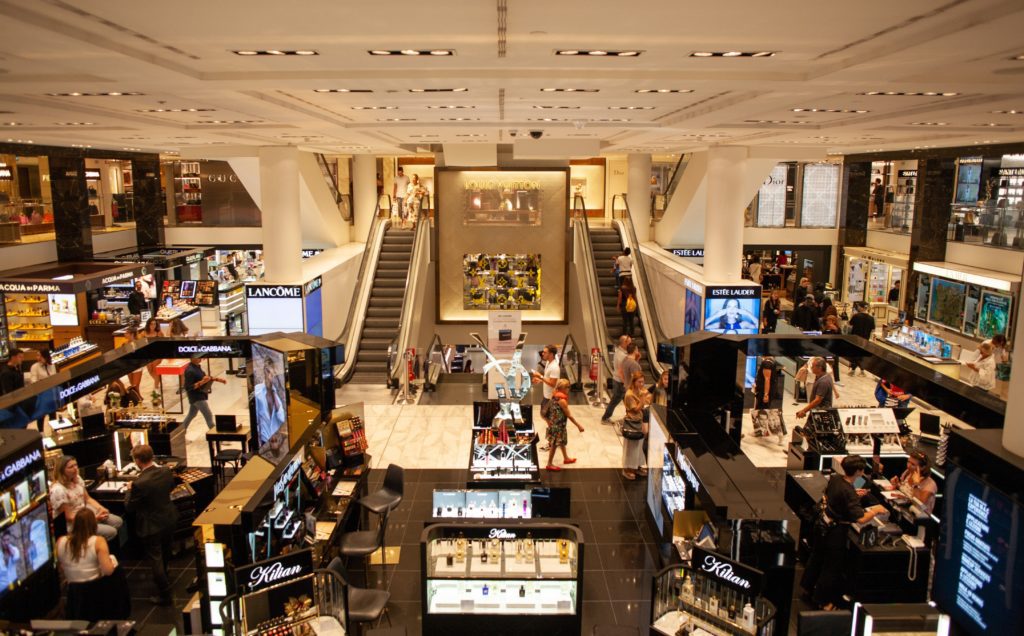Retail sales, an integral part of overall consumer spending, make up two thirds of the US economy. A majority of retail sales are made through brick-and-mortar stores, whether that means large department stores or small local businesses.
The most successful US retailers operate through large format chain operations. Holding store locations across the country, strong retail management is key for these large contributors. The retail industry itself in the US sees around four percent growth annually since 2010. With the challenge of maintaining sales in the 2020 climate, these retailers needed to be ready to adapt and respond in order to stay on top.

Walmart
An active player in both the retail and wholesale industries, Walmart reigns supreme because of its strong omni-channel presence that helped propel the company further when lockdowns began in 2020. With such a large selection of merchandise available at extremely low prices, shoppers flocked to Walmart for every purchase needed. Owning and operating around 11,500 stores, Walmart’s sales rose 10 percent at the beginning of the COVID-19 pandemic, with customers spending 16.5 percent more on each trip. Via NRF. Thanks to Walmart’s lengthy experience in retail, the industry giant with $524 billion in revenue for 2020.
Amazon
The king of eCommerce, Amazon thrived when consumers turned to online shopping for any and every purchase. Consumers looked for every excuse to not leave their house and therefore Amazon’s dominance within the online food retailer helped propel the company forward. The tech giant’s high speed shipping assisted in helping the company excel when other retailers were too focused on finding ways to pivot in the new reality of the world. Amazon’s revenue totaled over $280.9 billion in 2019.
Kroger
The third largest retailer is supermarket star Kroger. Having expertly pivoted to a stronger eCommerce presence, Kroger saw growth of over 40 percent in online sales, the largest of traditional grocery markets at the height of the pandemic. The supermarket converted some stores into pick-up only locations, gave workers hourly bonuses for choosing to work during the pandemic, and even began telenutrition services for families and elderly people. In 2019, Kroger made $122.28 billion in sales, a true feat for any supermarket chain.
2020 was a year about adaptation, especially when it came to physical retail locations. Large companies needed to spend more on their online experience so that consumers felt a seamless connection between brick and mortar and online. The key is to equally weigh brick-and-mortar and eCommerce as both become equally important in creating a more omnichannel experience for consumers.



